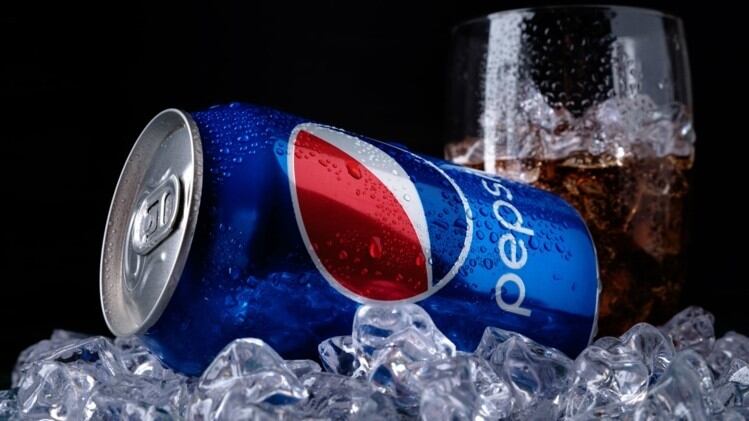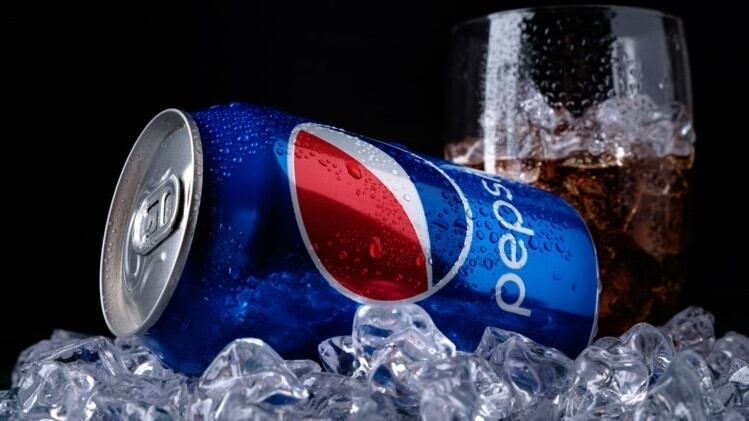These three trends were: Consumer preference for local flavours and ingredients, convenience as a result of lifestyle changes, and increasing sustainability awareness, and the major emerging markets highlighted included Thailand, Vietnam and Indonesia.
“In Asia, [these] important consumer trends are [truly] shaping the food and beverage industry,” a PepsiCo spokesman who declined to be named told FoodNavigator-Asia in an email statement.
“[For example], we’re seeing a shift in preference for more local flavours and ingredients, and this trend is currently driving the growth of food products in Asia [where] food is often a reflection of local cultural heritage.
“One country where local flavours have been particularly successful is Thailand, where local Lay’s variants include ‘Thai Taste’, ‘Hot Chili’ and ‘Salted Egg.”
Other very local options developed recently have also included Green Curry, Crab Curry and Shrimp Tom Yum. According to Bangkok Post, Lay's controls 75% of the potato chip market in the country.
Lay’s Indonesia also has flavours such as Sapi Panggang (Beef Barbecue) and Ayam Panggang Paprik (Grilled Chicken Paprika).
However, this is not to say that novel flavours from other geographical regions have been unable to hold their own in these countries.
“[There] is also a willingness in Asia to try new flavours from other regions,” he said.
“For example, Nori (seaweed) remains the number one favorite flavour amongst our Lay’s consumers in Thailand, Vietnam, and Indonesia.”
Convenience
In addition to local flavours, PepsiCo also highlighted demographic and lifestyle changes in Asia as a key driver for the region’s F&B industry.
“Changing lifestyle trends [have led us] to see over 80% of women in the workforce in [countries like] Vietnam and Thailand. In Indonesia, this number is expected to be even higher,” said the PepsiCo spokesman.
“[We] see people working longer hours, driving an increased preference for convenience and fast and easy accessibility of goods and services – [which is why] in our snacks business [we have opted to provide] a variety of product offerings that include different pack sizes and price options.”
PepsiCo’s range of snacks is enormous – from traditional savoury chip options such as Lay’s, Cheeto’s, and Doritos, to ‘healthier’ options such as Sun Chips (made from whole grains) and Quaker granola bars.
Lay’s in Thailand has been one of the major PepsiCo brands to propagate the smaller packaging options - Lay’s Thailand flavours are available not only in the regular 70g packets, but also in smaller 46g packets wherever they are sold.
Snacks aside, in Vietnam the company’s beverages such as 7Up Revive and Tropicana Twister have also been made available in smaller PET bottle options (390ml/350ml respectively) as opposed to the larger 500ml/455ml ones.
Sustainability
Sustainability in terms of ingredient usage and environmental footprint was also highlighted by PepsiCo as an increasingly major driver in terms of Asian consumers making product choices.
“[Consumers] value increased levels of company transparency and product sustainability when making their purchase decisions,” he said.
“[For] example, if given a choice, consumers prefer to consume organic/natural products whenever available and product from sustainable sources.”
Throughout the region, the company has focused its efforts on ‘reducing the industry’s carbon foot print and improving waste water management’ in its countries of operation, but particularly with focus on agriculture, recycling and water management.
“In the APAC region, some of our key sustainability priorities revolve around next generation agriculture, positive water impact, and a circular future for packaging,” Natasha Schwarzbach from PepsiCo Global Sustainability told us.
“[This includes in Asian countries like] Thailand and Vietnam, where we have established farming programs that not only help support local farmers and farming communities, but also ensure that our potatoes are supplied in a sustainable manner.
“[We’ve also] already begun establishing recycling initiatives in countries like India and Vietnam alongside other businesses and stakeholders, which will be crucial to helping us shape a circular future for packaging.”





